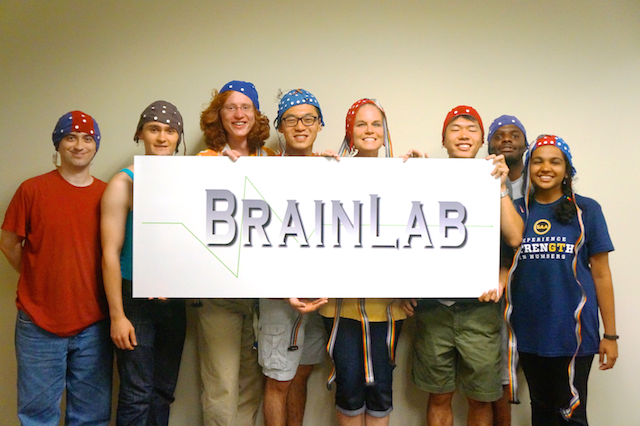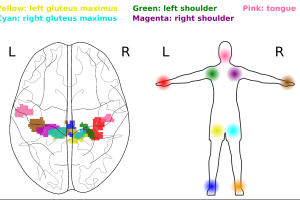Most high-speed non-invasive BCI typing systems require intense visual attention and feedback. BrainBraille investigates a more open-loop approach similar to touch typing. BrainBraille enables communication at 20 characters per minute (cpm) by monitoring attempted movements in the motor cortex. Using functional Magnetic Resonance Imaging (fMRI). Users attempt to tense the muscles for six body parts: the hands, the feet, the tongue, and the gluteus maximus. Those actions activate the corresponding six regions of the motor cortex, which map to the six dots in a Braille cell.

The Brain Lab explores innovative ways of accomplishing human-computer interaction through biometric inputs. Biometric interfaces identify and measure small changes in a person's behavior or physiological responses to certain stimuli. The work has potential in many areas, especially for providing individuals with disabilities a means of personal "hands-off" control of computers and other devices.



